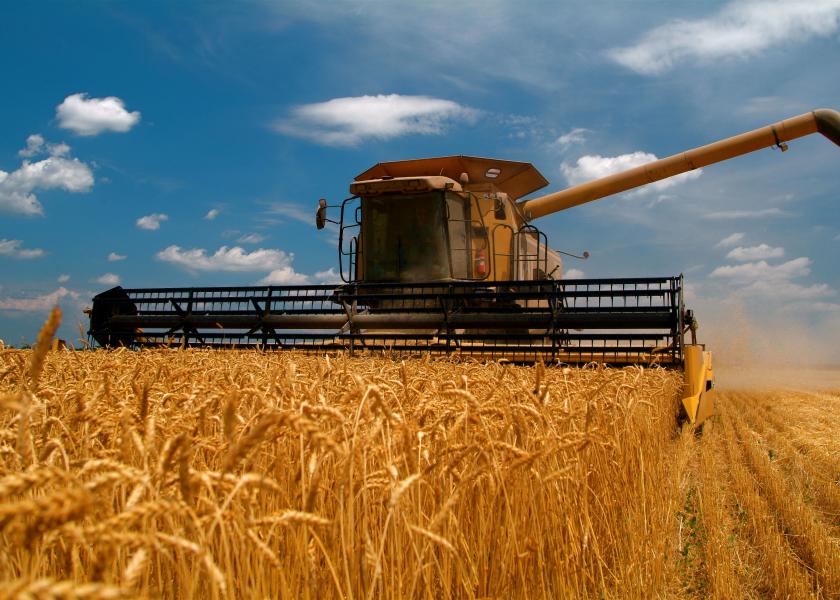
 Minister of Agriculture Zulfikar Mustapha
Minister of Agriculture Zulfikar Mustapha
Reuters reported that Russia’s invasion of Ukraine led to a surge in global wheat prices. This
invasion started in February and has not ceased, despite sanctions.
Based on a global assessment of food prices, conducted by the United Nations (UN)’s Food and Agriculture Organisation (FAO), wheat prices on the global market increased by about 2.1 percent.
The FAO attributed this increase to “global supply uncertainties” amidst disruptions in the Black Sea region that could potentially hinder exports from Ukraine and the Russian Federation- two major wheat exporters.
Minister Mustapha stated that reduced exports from these two countries can cause “serious problems”, potentially leading to a massive drop in global food production and an increase in food prices.
And this is already being seen.
Earlier this month, the National Milling Company of Guyana Inc. (NAMILCO) announced a 15 per cent increase in flour prices.
“The price of wheat today is 40% higher than it was on February 15, 2022, just three weeks ago. During this period, we have also seen increases in the cost of packaging, additives, and just recently, fuel,” NAMILCO said in a March 11 statement.
As mentioned by NAMILCO, President Ali explained earlier that economic challenges from the COVID-19 pandemic, exacerbated by Russia’s invasion, has contributed to the surge in the cost of goods such as food and fuel.
With Guyana importing goods, and the necessary inputs such as fuel and fertilisers to produce goods locally, the global economic challenges are manifesting in higher prices.
Consequently, the average consumer now pays more money for goods compared to their purchases from just a few weeks ago.
The Head-of-State however, noted that the government has already started to examine several solutions to cushion the impact of the price surge on producers and consumers.
Importantly too, the Agriculture Minister reminded that Guyana’s efforts at expanding food production are being supported by the wider Caribbean Community (CARICOM).
Earlier this month, Guyana was lauded for its leadership role in transforming the regional agri-food systems and helping to cut the regional US$4 billion food import bill.
Based on information, the President presented to CARICOM at a recent Heads of Government meeting, wheat and meslin account for the second largest volume of food imported in the region.

